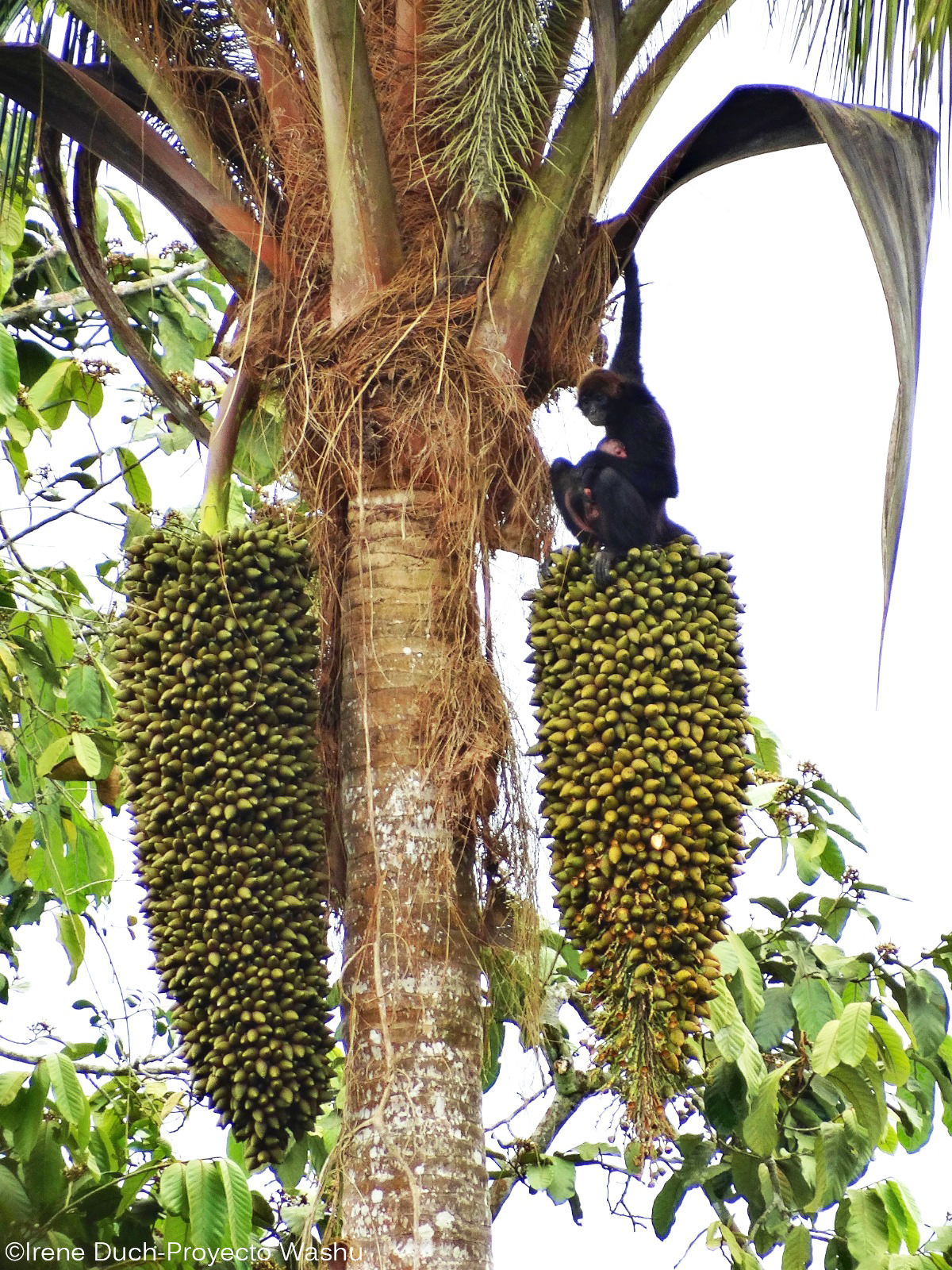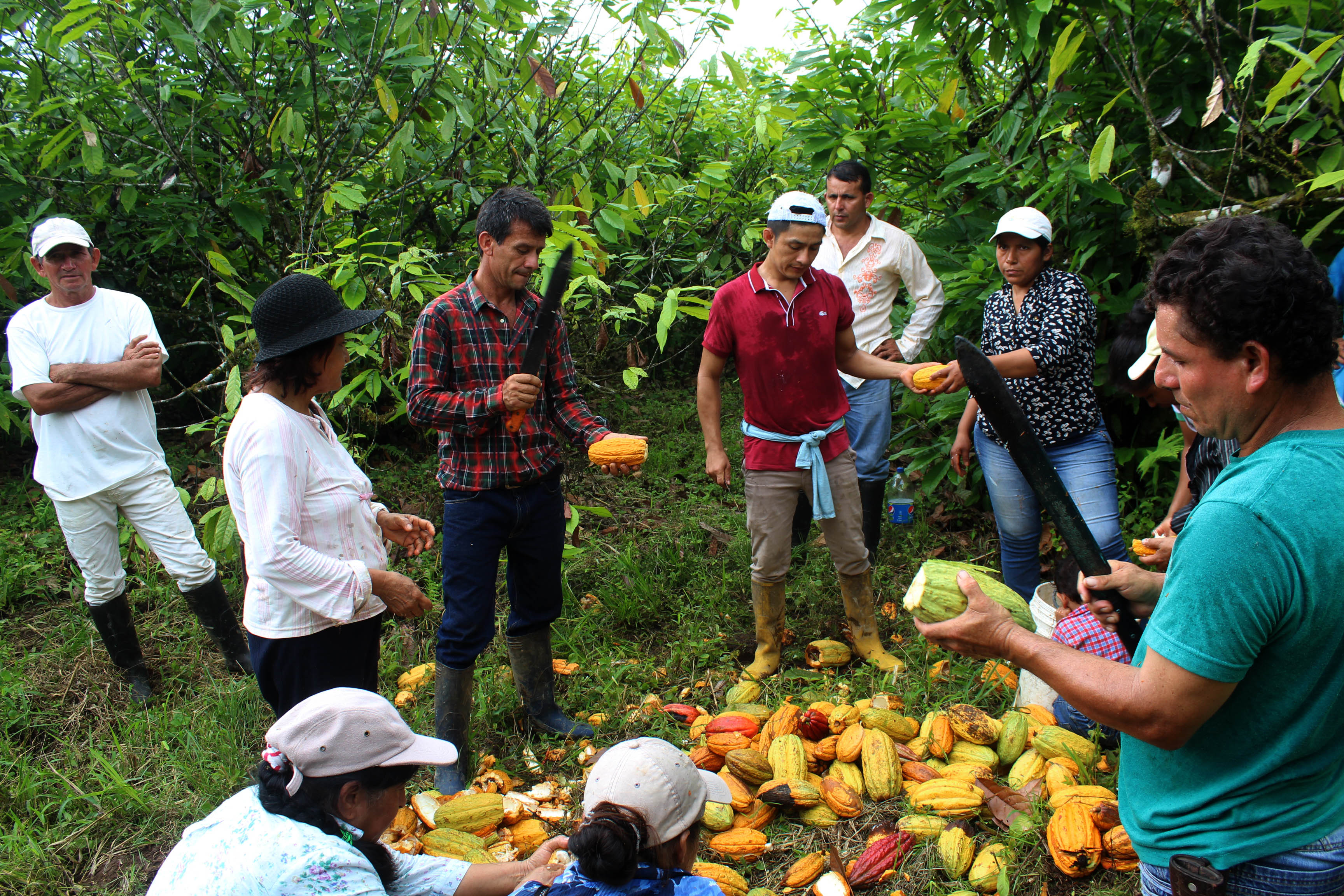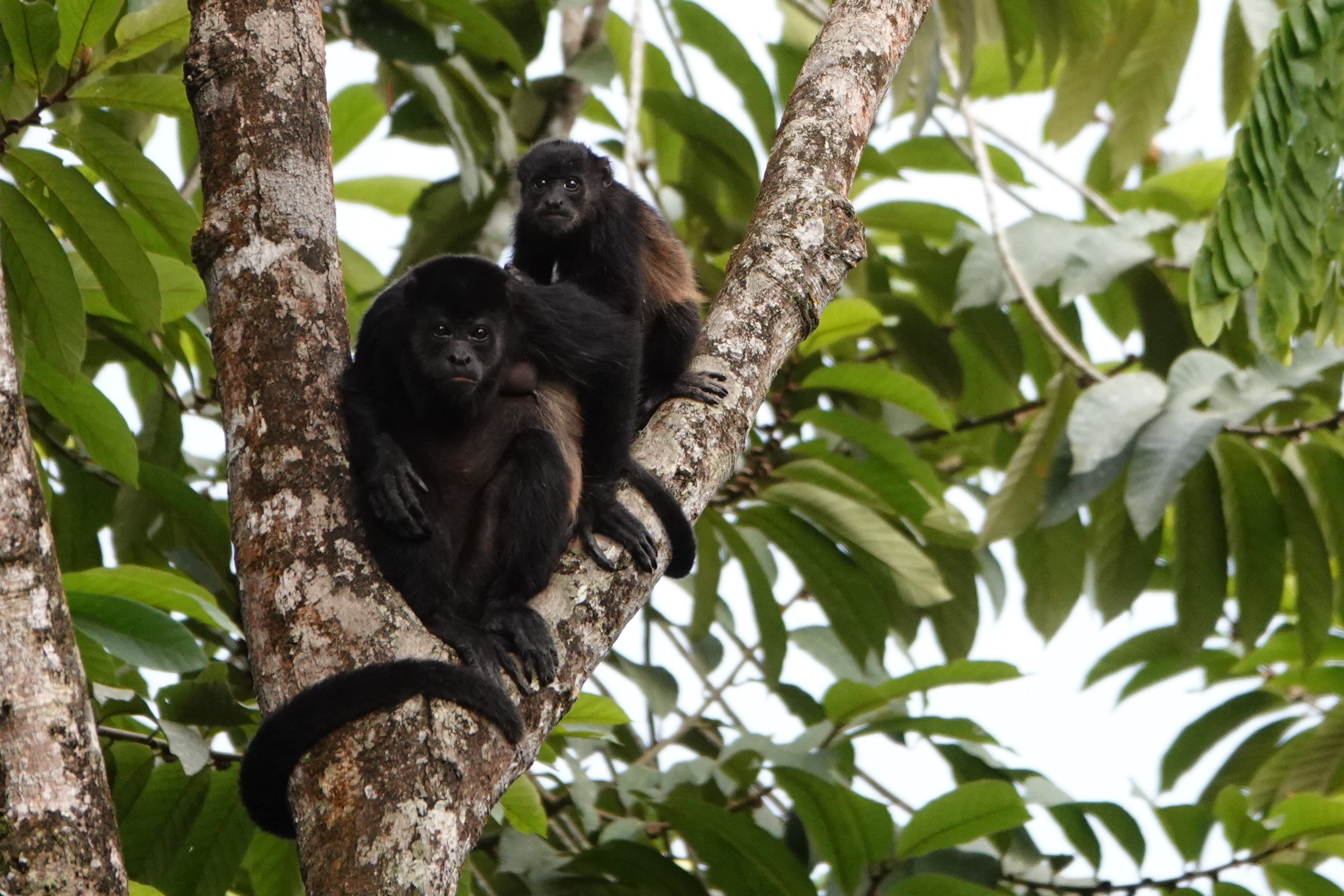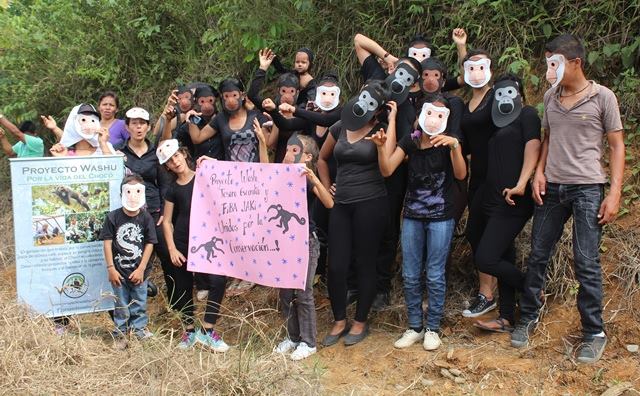The designations employed and the presentation of material on this map do not imply the expression of any opinion whatsoever on the part of IUCN concerning the legal status of any state, city or area or its authorities, or concerning the delimitation of its frontiers or boundaries.
Back








Proyecto Washu: borwn-headed spider monkeys, community-led program (bio cocoa) & conservation + environmental education
Contributing IUCN constituents: BIOPARC CONSERVATIONIUCN Species Survival Commission 2021-2025
Project Details
| Name | Proyecto Washu: borwn-headed spider monkeys, community-led program (bio cocoa) & conservation + environmental education |
| Description | Specialist in the study of primates, Proyecto Washu is interested in monitoring brown-headed spider monkey populations and the state of their natural habitat: the Ecuadorian forest. Indeed, the local population of brown-headed spider monkey is the first to be affected by deforestation. In order to protect the forest, the NGO works with indigenous communities to offer them better economic opportunities through sustainable trade: the inhabitants thus become the first protectors of the forest. In this context, the Washu association works with small chocolate producers to develop organic agroforestry and protect forest land. At the same time, Washu collects and rehabilitates spider monkeys that are victims of wildlife trafficking. It ensures the well-being and health of the individuals entrusted to its care center, and does everything possible to reintroduce the spider monkeys who can be reintroduced. The search for release sites is crucial: the territory available for the spider monkeys has been considerably reduced over the last decades, replacing forested areas by crops or balsa plantations. On the crests of the lower mountains, forestry is more difficult, so there are still wooded areas available. Washu is now trying to become the owner of these areas in order to protect them and to release spider monkeys there. |
| Contributing IUCN Constituent | BIOPARC CONSERVATIONIUCN Species Survival Commission 2021-2025 |
| Start Date | 12/31/2022 |
| End Date | 12/30/2023 |
| Conservation Actions | 1.1. Site/area protection1.2. Resource & habitat protection2.1. Site/area management2.3. Habitat & natural process restoration3.1. Species management3.2 Species recovery3.4 Ex-situ conservation4.2. Training4.3. Awareness & communications6.1. Linked enterprises & livelihood alternatives |
| Needed annual budget | $26,650.00 |
| Total annual budget | $21,650.00 |
| Staff | ♀ - | ♂ - |
| Beneficiaries | ♀ - | ♂ - |
Community-Led Development program report 2022.pdfWASHU_Annual report 2016.pdfREPORTE 2019_2020 PROGRAMA DE CONSERVACIÓN EX_SITU.pdfWASHU_Annual report 2017.pdf
Potential reduction of species extinction risk resulting from threat abatement actions
Absolute value (STAR)
159.7
0.3% of the total biodiversity conservation potential of Ecuador is covered by this project.
49,882.7
9.2% of The Americas's biodiversity conservation potential is from Ecuador.
543,527.6
44.4% of global biodiversity conservation potential is from The Americas.
This stacked bar chart represents the relative disaggregation of the selected contribution's total potential opportunity for reducing global species extinction risk through taking actions to abate different threats to species within its boundaries. The percentages refer to the amount of the total opportunity that could potentially be achieved through abating that particular threat.
% Contribution of threats to species extinction
1.53%
Wood & pulp plantations
1.68%
Roads & railroads
2.01%
Mining & quarrying
3.67%
Other
4.02%
Housing & urban areas
8.75%
Annual & perennial non-timber crops
14.86%
Livestock farming & ranching
63.48%
Logging & wood harvesting
Threat type